Building a Storybrand: How to Use A Storytelling Framework to Clarify Your Messaging
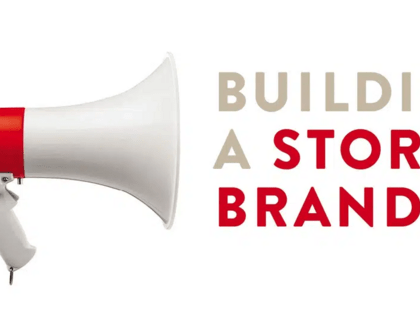
At O8, we love to share stories that resonate with our audience. After all, we’re only here to make their lives and marketing easier. But that’s impossible if our messaging doesn’t speak to their truths.
Take our tagline, for instance. We Get It. Digital Marketing Is Hard. Let's Do Something About It.
We connect with the prospect’s pain point from the get-go. Our goal is to build relationships with tenacious businesses that have a hard time marketing online and partner with them to find a solution.
Why? Because digital marketing can be difficult for businesses who don’t know where to look or don’t have the time to do it all. Our tagline conveys that meaning to our audience, all the while positioning them as the hero of the story.
O8 guides its audience in the right direction so they can unveil their wonderful work to the world. We do this through Donald Miller’s StoryBrand framework - our framework for creating clear messages that get our audience to nod, yes.
If you can capture this framework and integrate it into your marketing material, you’ll convert more potential customers into loyal clients for your business.
This article dives into the StoryBrand framework, how it works, what it looks like in real life, and how you can leverage it to clarify your brand messaging.
What Does Storytelling Have to Do With Branding?
A lot. Think about it this way. When you’re scrolling your LinkedIn feed, how often do you pause?
The answer is likely when a piece of content begins with a tale of someone encountering conflict. We see this every day. Someone has a problem that seems impossible to overcome, but along the line, they get an idea, guide, and plan that helps them sidestep their problem or bulldoze through it.
It won’t stop you every time, though. It has to be something that is compelling and resonates with you. We all relate to stories, from children to adults, stories help us understand each other, relate, and dissect the human experience, It could be about how someone rehomed abandoned puppies or how a group closed a project against all odds in your industry.
In their story, there’s a seamless transition from points A to B to C, which you have no trouble following. Things happen chronologically, and you hold your breath till the end. You anticipate a happy ending, but you’re invested anyway to find out.
When the main character of the story triumphs against all odds, or the villains succeed, it resonates with people because it’s what we want or look forward to in our lives. Human beings are designed to root for the underdogs because we’re the underdogs from our perspective.
You’re going to remember that LinkedIn post for some time. If they hit you with more great stories over time, you’ll always have them in the back of your mind.
Donald Miller best explains it in Building a Storybrand, a complete breakdown of the methodology that we strive to apply across the board to marketing and content strategies. There’s a book summary and audiobook on Amazon or Kindle for people who aren’t too stoked about reading the 240-page book.
If you don’t know Donald Miller, he’s an American author who came up with the StoryBrand marketing roadmap. His books include the best-selling Blue like Jazz and A Million Miles in a Thousand Years.
The SB7 Framework Exploits the Brain’s Primary Function
Our human brain is designed to help us survive. So, our brain is often busy gathering information on, let’s say, the higher tier of Maslow's hierarchy of needs. You’ll find yourself tuning out anything which doesn’t fulfill your emotional, physical, or spiritual needs.
You’re looking for love, acceptance, affection, etc because it’s what you survive on.
Good stories have the heroes achieving one or more of these surviving traits by the end. The LinkedIn or content marketing storyteller who found the puppies a new home demonstrates love and affection. It’s also a story of inspiration. You might want to save some puppies yourself after reading it.
So, if someone visits your website and can’t find anything the brand provides which will help them survive or make sense of their own world, they’re leaving. Your large CTAs won’t make them take any action.
This is why the most innovative features on an Android can’t make Apple users change their preferences. This is a dicey one, but it’s true. Apple surprises and delights customers through universal stories, providing products as the catalyst to solving whatever issues or conflicts customers run into.
Lucky for us, there is a formula you can follow to develop brand stories that invoke action from your audience.
Miller studied many stories while creating his framework and found a pattern emerging. He came up with the seven key elements of the BrandScript that make a story successful.
- First, a character wants something.
- But the character has a problem getting what they want.
- Then the character meets a guide.
- The guide gives the character a plan.
- Then the guide calls the character to action.
- The plan helps the character overcome their hurdles and succeed in getting what they want.
- The plan also helps avoid failure.
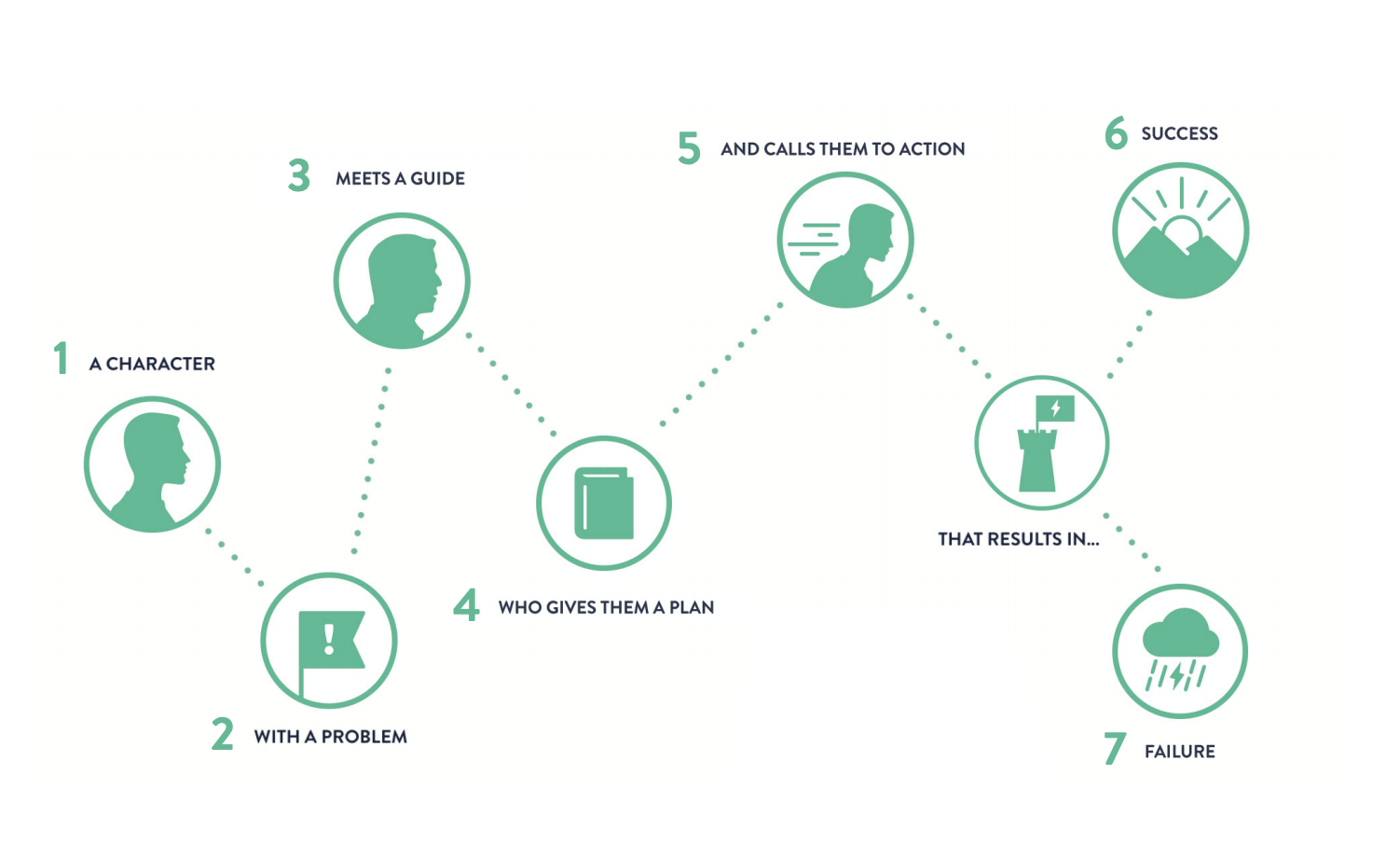
If you can weave this framework into your company culture and marketing messages, you’ll notice an uptick in your marketing efforts and revenue streams. This framework can help you see your brand from the customer’s eyes.
Integrating the Storybrand 7-Part Framework Into Your Marketing Plan
You now know what the StoryBrand framework is, great. What next? A couple of things. At O8, we integrate the SB7 framework into our marketing plans by framing our customers as the protagonists who want to achieve higher marketing goals.
But it doesn’t end there. You need to understand the obstacles in your client’s path in their pursuit to solve their internal problems and external problems, even philosophical ones. If you can get that right, you can position your brand as their guide.
Here’s an example of how that works.
For a digital marketing company like ours, we help teams attain marketing success. But success for every company is different. That’s why we have a no-obligation free strategy session (usually a direct call) to identify your pain points, goals, and opportunities for marketing growth.
Most marketing strategies ignore this ever-so-important aspect of clarifying messaging. Your marketing messages can only resonate with your audience if it speaks to their pain point. Hitting that pain point can even increase your sales by 124 percent.
Charged with the knowledge of what the client needs, we can guide them to success. How? First, we demonstrate our understanding of the client’s problem and then show our track record of helping others with the same problem. Here’s an example of how we do this at O8:
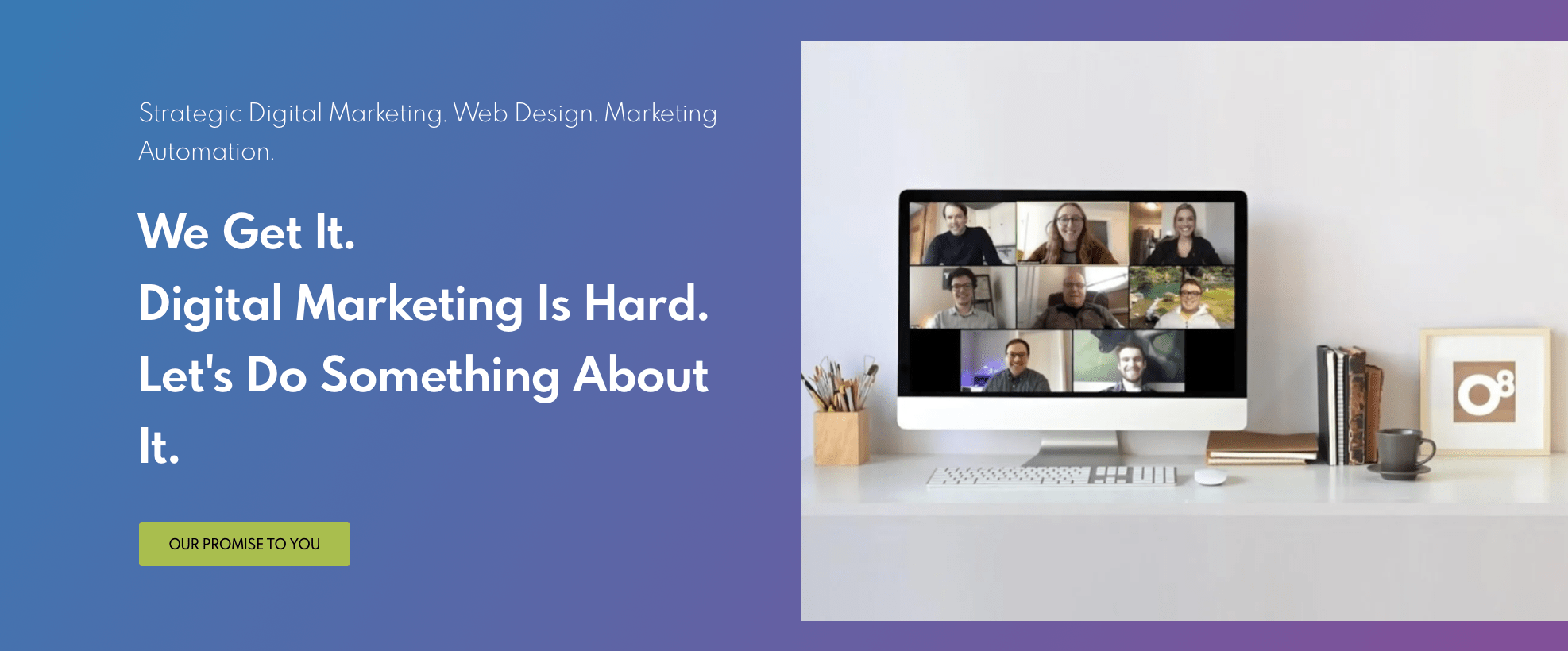
Of course, not all organizations are the same, so you’d most probably take a different approach to position your brand. For instance, you can take the aspirational identity approach, where you craft clear messages that speak to your client's wants. Tesla captures this perfectly.
Tesla customers want to be seen as innovators and new-age thinkers. Tesla captures that aspiration with a one-liner their customers can’t turn down; BETTER UTILITY THAN A TRUCK WITH MORE PERFORMANCE THAN A SPORTS CAR.
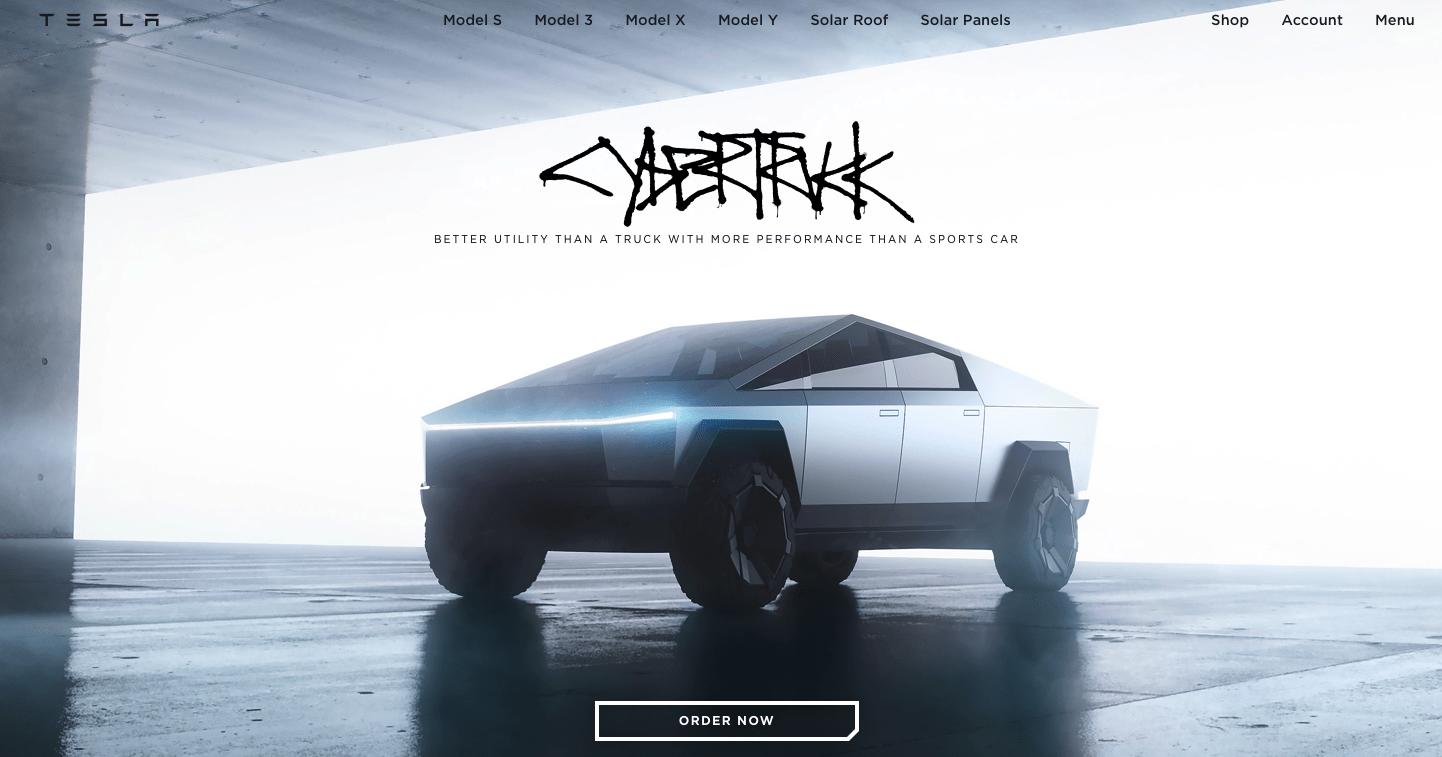
Now that you have your customer’s attention, show them a step-by-step process plan of how your services can get to the finish line or the promised land of victory. Most StoryBrand websites represent this with a three-step “How It Works“. This gives potential customers a clear picture of what they must do to get where they want to be and how an agency partner is their guide to achieving the next steps.
At O8, we also implement the three-step process plan in our messaging. We demonstrate our process to ensure a transparent project hierarchy for potential customers.

What you need to do now is to trigger the prospects to action. The best way to go about that is through a call to action (CTA).
There are two types of CTAs you can use to poke your prospects to action; direct and transitional CTA. The direct CTA is, well, direct. For example, Schedule a Consultation. But transitional CTAs take the prospect to another stage of their journey with your brand. An example is a “learn more“ CTA.
We leverage a mixture of both direct and transitional CTAs. We use a transitional CTA when we talk about our processes and what we’ve been up to:
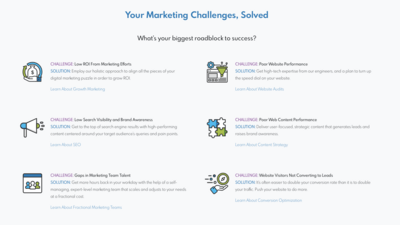
But when it’s time to get to work, we go ahead and poke the bear with a direct CTA.
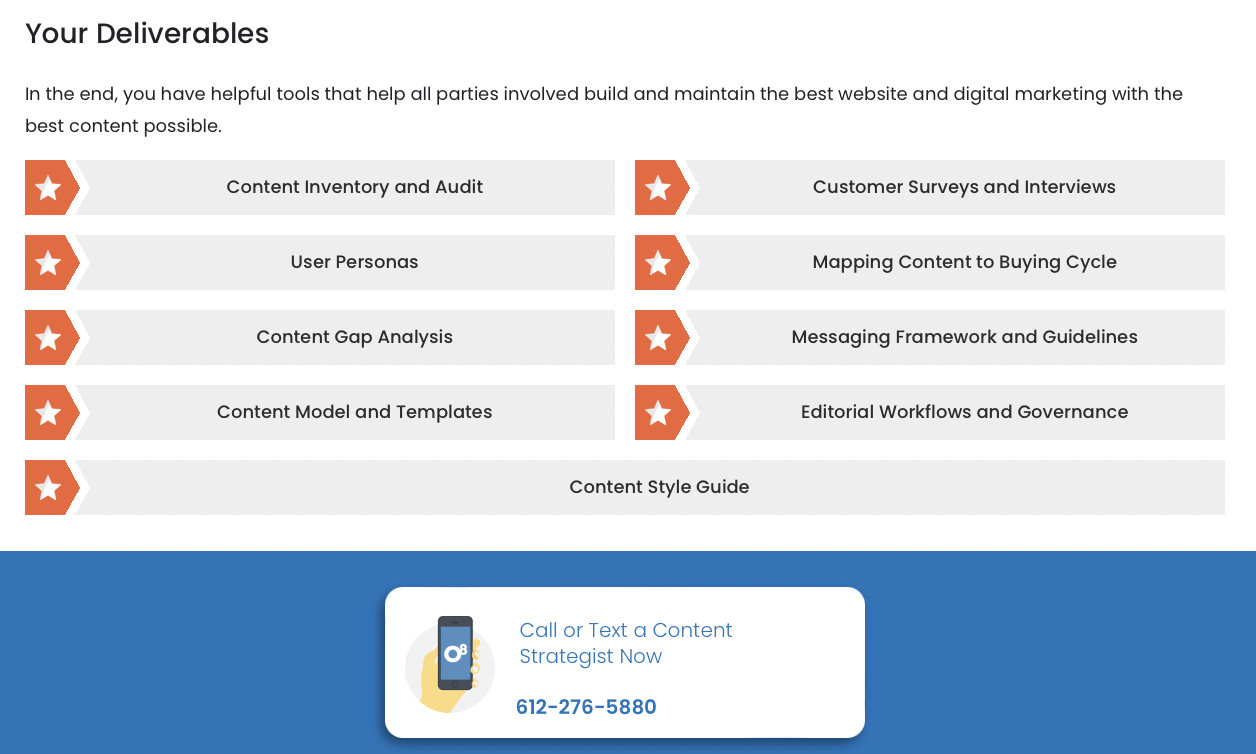
Once you’ve got the ball rolling with a CTA, you need to clarify what kinds of failures the customers would face if they don’t follow the CTA. On the flip side, you can demonstrate how they would succeed if they take action.
Once a brand fits every element into its respective role in the BrandScript, the story can be used in any given marketing situation. It can be framed into an ad copy, eBook, landing pages, web copies, elevator pitches, 30-second Instagram reels, or anything else of value.
Why Should Business Owners and Marketers Invest in a BrandScript?
For one, the BrandScript itself is free. It’s a 7 step framework anyone can try. While it’s harder to successfully implement the BrandScript on a larger scale, you can get immediate results on a smaller level.
Make an Instagram carousel or share a post on LinkedIn with your brand’s version of the framework. See if you don’t get inbound leads pouring in.
The possibilities are endless with a BrandScript. For instance, developing a BrandScript can also improve your copywriting skills. Now, can you think of a single aspect of your brand which won’t benefit from better copywriting?
Branding comes down to becoming customers' first choice for a product or service. The BrandScript takes you closer to becoming that choice with fundamental knowledge of what they truly value.
A brand with a clear message and relatable emotion is a brand that customers can relate to and rely on. Business leaders and marketers can increase customers’ brand awareness, engagements, leads, and sales through BrandScript.
There are countless stories of agencies using BrandScript to build better websites and plan the sales funnel of their brand. As a result, these brand websites get a surge of new and recurring visitors every day.
StoryBrand Marketing Website System
These are some of the aspects a website should have:
-
The Hero, which is the Header in this case.
-
The stakes or what the customer wants should follow right after.
-
Follow it up with the benefits of the stakes.
-
You can then introduce your brand as the guide and follow with your plan for action.
-
A paragraph where the CTA is explained.
-
A video for a clearer explanation.
-
Price choices.
-
Lead generator (An magnet for customers to leave their email or phone number).
-
Less pressing items are at the bottom. You can drop your brand’s socials, About Us section link, etc here.
This isn’t a definitive, inflexible system. You can play around with the design plenty. As long as it starts with the customers, addressing their wants and pain points with a direct solution in the middle, and a link to purchase at the end, you’re on the path to the promised land.
The Storybrand Marketing Website System in Play
Take this example from LibertyID. It’s easily relatable and highly emotional, touching on pain points the fear encourages urgency to learn more. It’s human and communicates how the company guides customers to a promised land to eliminate that fear of identity theft and fraud.
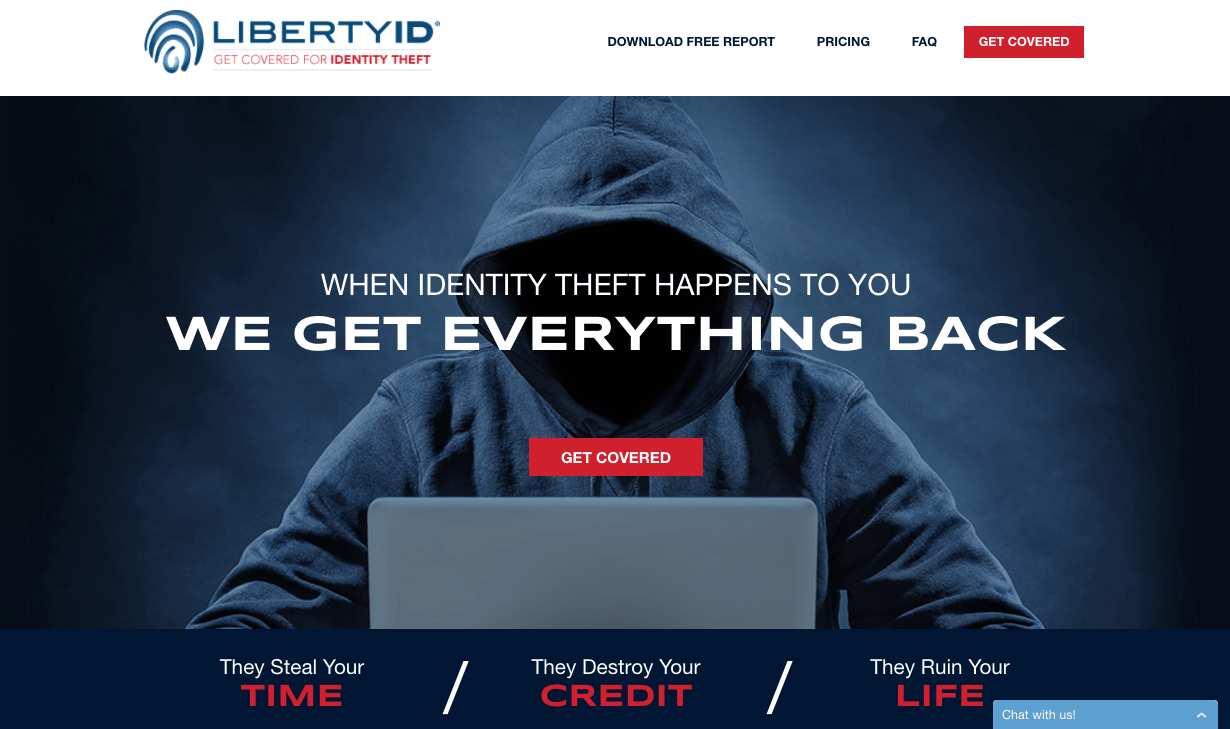
StoryBrand and the Sales Funnel
A sales funnel has three parts.
1. Lead Generator
A lead generator is an item with valuable information hidden inside. These are usually PDFs, free eBooks, videos, or podcasts.
When people visit your website, you can offer them these magnets in exchange for their email addresses. Once they leave their email addresses on your website, you can then send them more value-packed and conversion-focused content from your brand. That’s when this second part of the sales funnel comes into play.
2. Email Sequence
To create an automated email sequence, you can register with Mailchimp, Hubspot, Drip, etc. Powered by these platforms, you can then write and design emails for the people on your mailing list.
The first email you should send to your new prospect is one with the lead magnet in there. After all, this is the content they left their email for.
Then there’s the Problem and Solution email, which follows the StoryBrand framework of storytelling. You can use this every time you introduce a new product or service.
Next is the testimonial email, which is basically the story of customers who benefitted from your product.
The next email you should be sending these prospects is an objection email. This one’s a bit tricky. You have to come up with one main reason customers aren’t buying your product and come up with a response that proves they were wrong. This will take away some of the prejudice customers might unknowingly hold against your brand.
The last of these is the Paradigm Shift email as StoryBrand calls it. This is where you emphasize your unique selling point, explaining what makes you ahead of your competitors.
3. Sales letter
In the sales email, you summarize all the points you made in your previous emails. Then, close it off with a couple of CTAs.
It’s smart to have some kind of discount or 2-in-1 free offer going on for these kinds of emails. Promos like this increase the likelihood of a customer purchasing your product or service.
These are the big scope of StoryBrand marketing. This is the part business owners and marketers must learn to a deeper level. Once you do, you can prepare for a lifetime of loyal customers.
Do You Need a StoryBrand Certified Agency or Guide?
The StoryBrand framework appears simple at first glance. What’s so hard about storytelling? But, there’s a difference between understanding something and implementing it. If you decide to create a BrandScript, you'll have several questions with no answer in sight.
Where do you begin? How do you position your brand as the guide? How do you lead the character or hero to success instead of failure?
Moreover, the BrandScript can’t be a one-time thing. You can stretch out the story over several mediums or make a franchise/series out of it. This is hard to do on your own.
Ultimately, you need a content strategy to build your StoryBrand. Without preparation, even the most effective framework is useless.
No worries, though. You have a host of options. For one, you can learn the BrandScript in-depth on your own through Donald Miller’s book Building a Storybrand. You can also sign up for a workshop with StoryBrand.
Of course, all of this is only possible if you have time. When you’re short on time, it’s best to go for a StoryBrand Agency or Guide like O8.
What Are Some Mistakes Business Owners Make With Their Storybrand Brandscript?
It’s easy to get over-excited once you learn the SB framework. You’re so hyped to use it that you make many rookie mistakes.
Let’s take a look at the common mistakes business owners make with the StoryBrand BrandScript so you can avoid making them.
1. Too Many Problems
A BrandScript has a clear sequence of problems. Your first BrandScript addresses the overarching problem. Once you have a solution to that problem, you can move to the next phase of problems a potential customer will face and keep going from there.
However, you should only focus on one problem for every StoryBrand marketing phase. Tackle too many problems, and your customers won’t know what action to take or what they want anymore. Here, the goal is to turn noise into music. This involves transforming unorganized emotions or fear into the peace of mind that you will guide them through whatever challenges arise.
2. Skipping the Succession Section
You know that feeling of satisfaction we get when a movie has a happy ending? We get immense pleasure from seeing the hero we were rooting for have a happy ending.
The same philosophy applies to the 7th element of the StoryBrand framework. Your customers need to know the scale of the happiness they will achieve once they succeed. Yet, too many people skip out on the last element, missing out on sales in the process.
3. Don’t Just Express Empathy, Show it
The reason you even know your customer’s problem is because you cared even to research and connect to their pain points. However, business owners mistake this bit of empathy to mean throwing in generic sentences like “I understand” or “I realize”.
No, you can’t tell your customers you feel for them. You have to show them you do.
Let the customers relate to the brand. Talk about the problems you encountered, share tidbits of your life, and anything which shows you have been in the customer’s shoes before.
4. Not Finding the Ideal Self
Why is the customer (hero) on this journey? After achieving the survival skills, what are they hoping to become?
A simple example is social media influencers. To their followers, the influencers are the brand. They are the ideal self the followers hope to become. This can mean dressing a certain way, living a certain lifestyle, using luxurious makeup, etc.
If you’re selling lifestyle products, you must find the customers' ideal selves. Their ideal self will help you determine how to use the SB framework.
5. Only Relying on StoryBrand
StoryBrand is a key part of your branding strategy, but it shouldn’t be everything. The StoryBrand should be the main guide to building your brand and clarifying your message. You need to build an immersive experience around it, with websites, quality products or services, and a visual brand identity for more complete branding.
The StoryBrand BrandScript Is an Everyone Can and Should Do It Strategy
The StoryBrand BrandScript is for everyone - anyone with a message to share. However, the prime demographic is business owners and marketers.
Of course, there’s no reason you shouldn’t give it a shot if you don’t fit into the two categories. After all, even writers can use it to clarify copy. BrandScript will help you add a dose of clarity to your message.
FAQs
When Should You Try StoryBrand Marketing?
If you’re a business owner or the head of marketing of a business, you should become a StoryBrand marketer right away. Instead of trying and testing marketing methods to see which one sticks, the StoryBrand framework will ensure your business is a success from the start.
What Makes Storybrand Marketing Valuable?
StoryBrand marketing is valuable because the customers are the center of every story.
Customers have a whole range of products and services to choose from. Why would they go for yours? Because you’re providing value in their life. However, they have to know and understand what the value is first.
A brand bragging about its unique selling point is useless if the customer doesn’t understand how the selling point can help them. StoryBrand marketing hits all these points.
Where Can I Learn Storybrand Marketing?
You can learn StoryBrand marketing from the creator himself - Donald Miller. There are three books on the subject, with one co-authored by Dr. J.J. Peterson.
The StoryBrand company also holds StoryBrand marketing and Private Workshops you can sign up to for a more hands-on approach to building a StroyBrand.
If you are still confused about the StoryBrand framework or you want to maximize your marketing efforts, schedule a call with our branding team today for more clarity.

